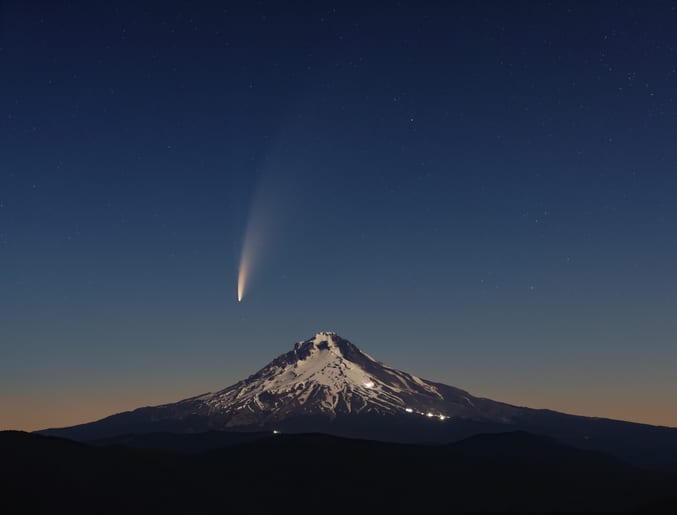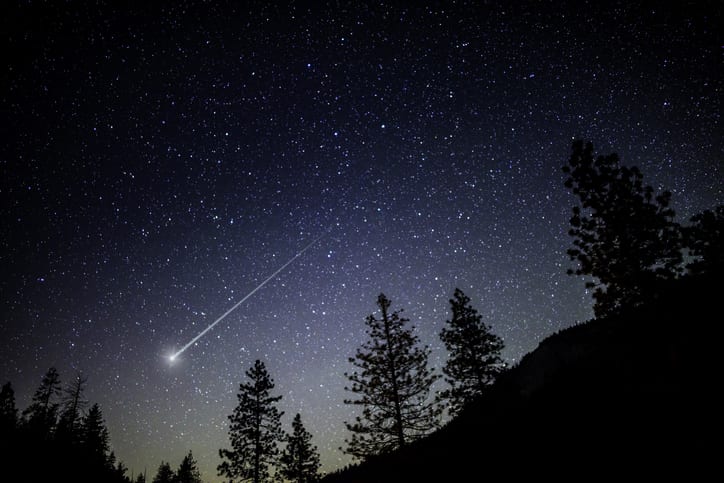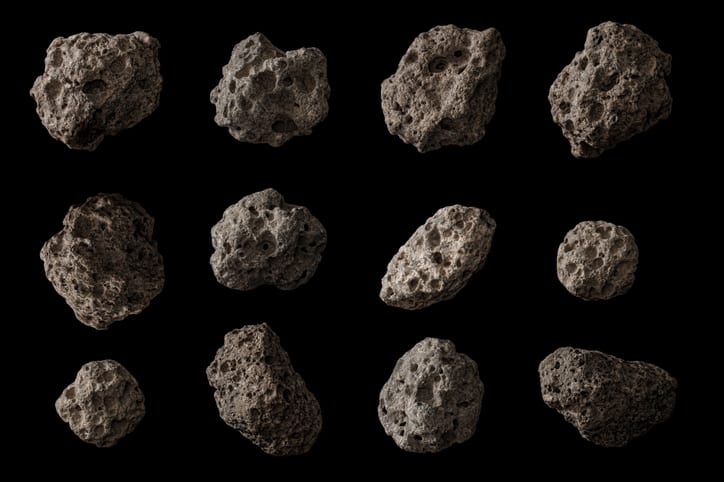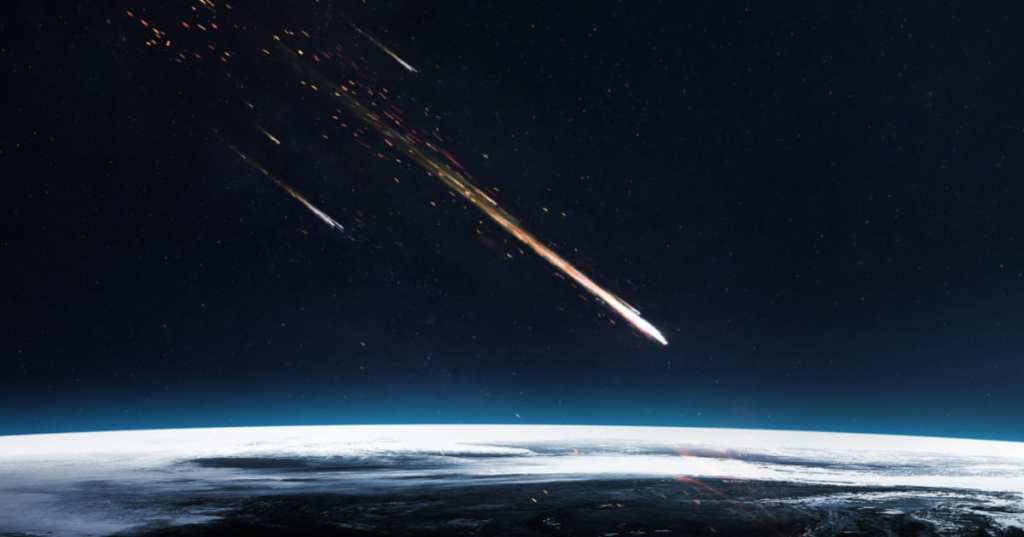Now, I’m not advising that any of us get up close and personal with any of these things. We’ve all seen the movies (so many movies!) and obviously, close encounters with burning hot rock from outer space never goes well for the inhabitants of planet Earth.
That said, wouldn’t you like to sound (even) smarter the next time you engage in a game of Trivial Pursuit, or run into an ex with his new girlfriend?
Of course you would!
So, let’s take a look at the differences between asteroids, meteorites, comets, and for extra fun, meteors, too!
Asteroids

Image Credit: iStock
These rocky objects are smaller than planets, and are left over from the formation of our solar system. Basically, when a cloud of gas and dust collapsed to form our fun, the big chunks of remaining material turned into planets. The smaller fragments of dust are what’s left behind, just floating around waiting to kill us all.
There are millions of known asteroids. the largest, Ceres, is nearly 600 miles wide – big enough to be classified as a dwarf planet, technically. NASA tracks the asteroids that are nearest to Earth (Ceres is not one of them, thank goodness), and plots their trajectories to make sure they’re not coming too close.
Most of them are irregular in shape and sometimes orbit each other and the sun in small groups. Their compositions vary based on how far away they were from the sun when they formed.
The space between Marys and Jupiter is known as the asteroid belt, and that’s where most of them good-sized rocks reside.
Comets

Image Credit: iStock
Comets are also composed of leftover materials, and they formed around the same time as the asteroids. While asteroids formed toward the inner, hotter regions of the solar system, though, comets formed further out – beyond the frost (or snow) lines, where water can freeze.
That means that, instead of being comprised of only rock or other metals solid enough not to melt, comets are formed from frozen gas, rock, ice, and dust. Some scientists call them “dirty snowballs,” and are easily identifiable by their trailing jets of gas and dust that melt away as they fly too close to the sun.
Meteors

Image Credit: iStock
A meteor is an asteroid that is vaporized when it hits Earth’s atmosphere.
We sometimes see the glowing hot air left behind, and call them “shooting stars.”
We also see meteor showers, when more than one enters our atmosphere at the same time.
Meteorites

Image Credit: iStock
Meteorites are what survives the dive through the atmosphere to land on Earth’s surface.
They’re usually made from iron or stone, a mix of oxygen, silicon, magnesium, iron, and a smattering of other elements.
Studying these fragments has helped us understand the age and formation of our solar system, and how and when Earth came into existence.
Well, now you know!
This information will come in handy one day, I just know it!






